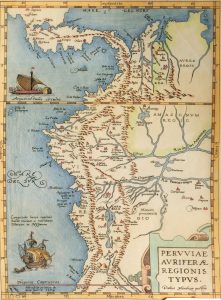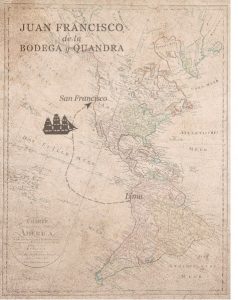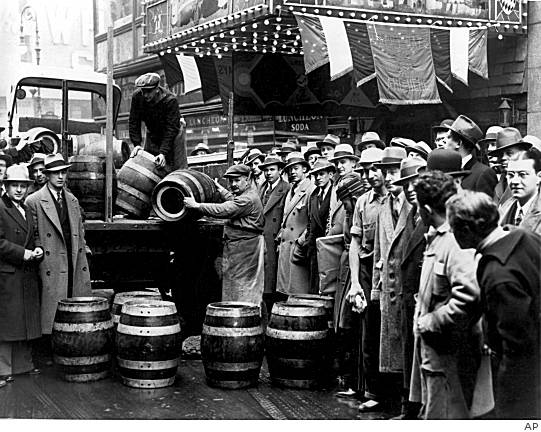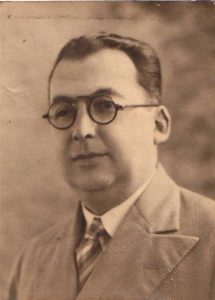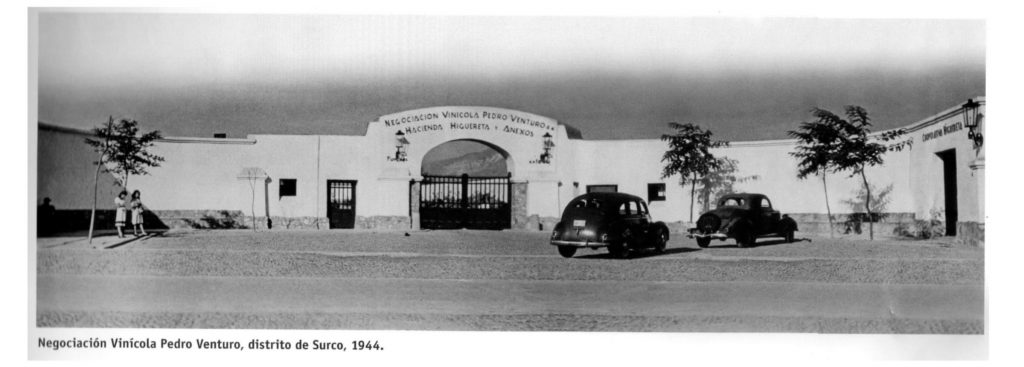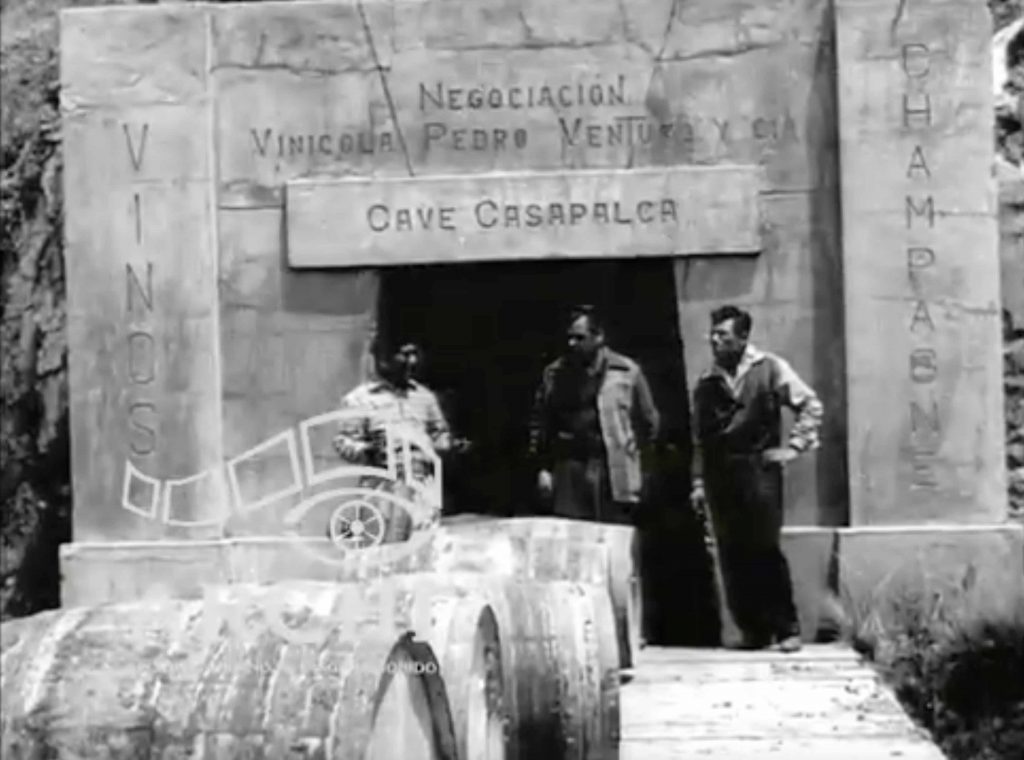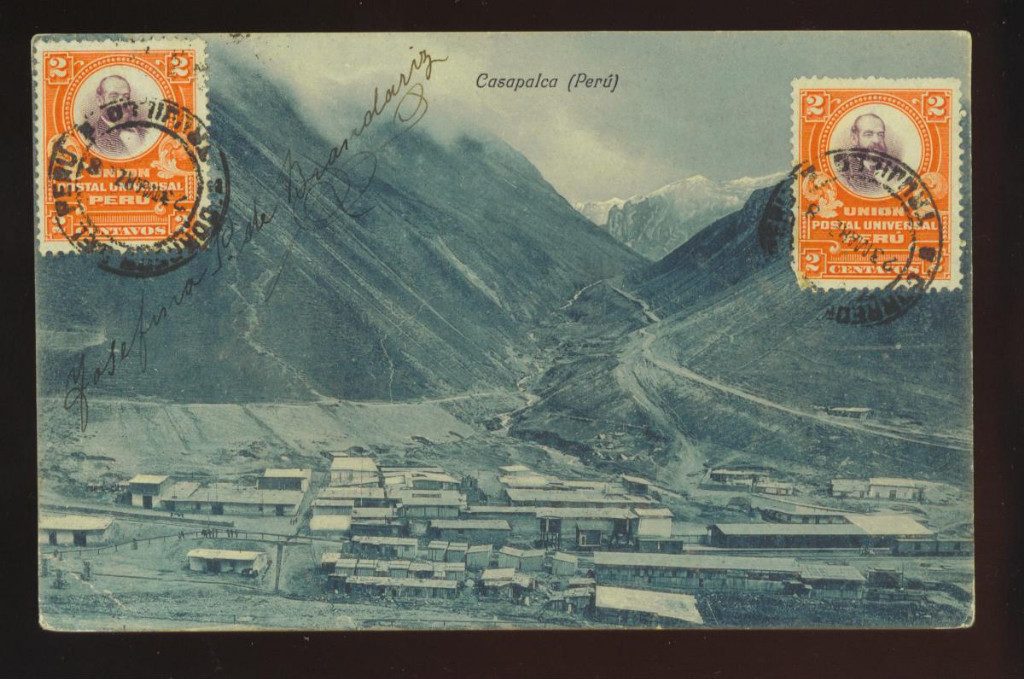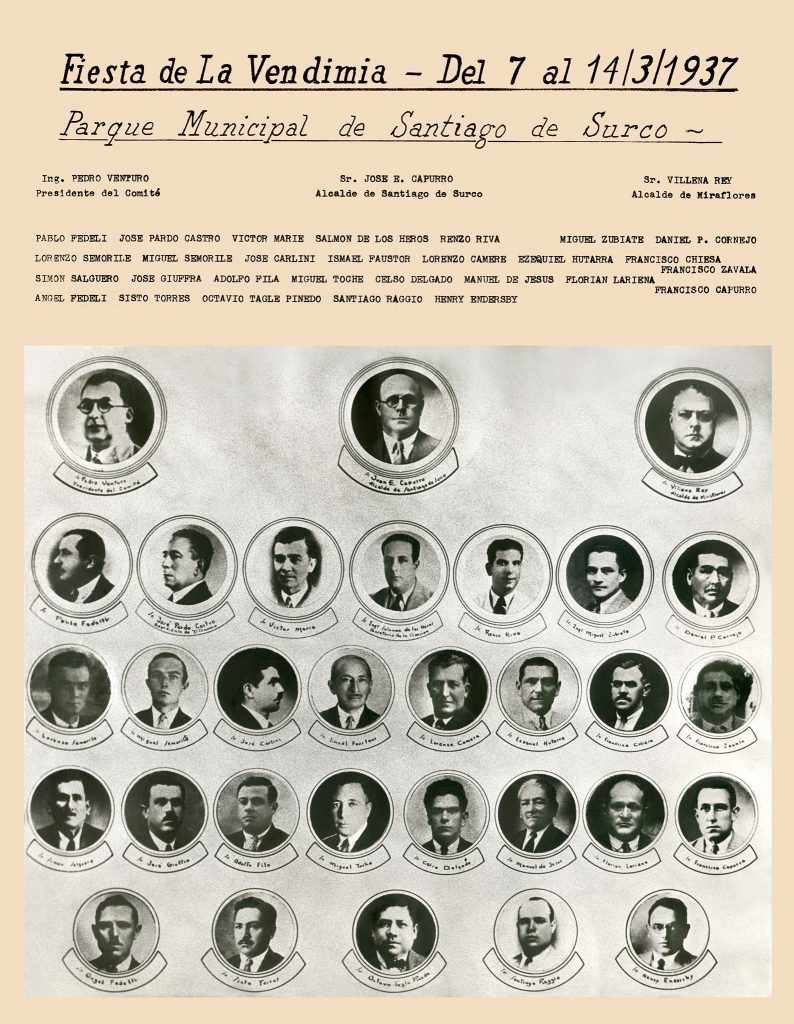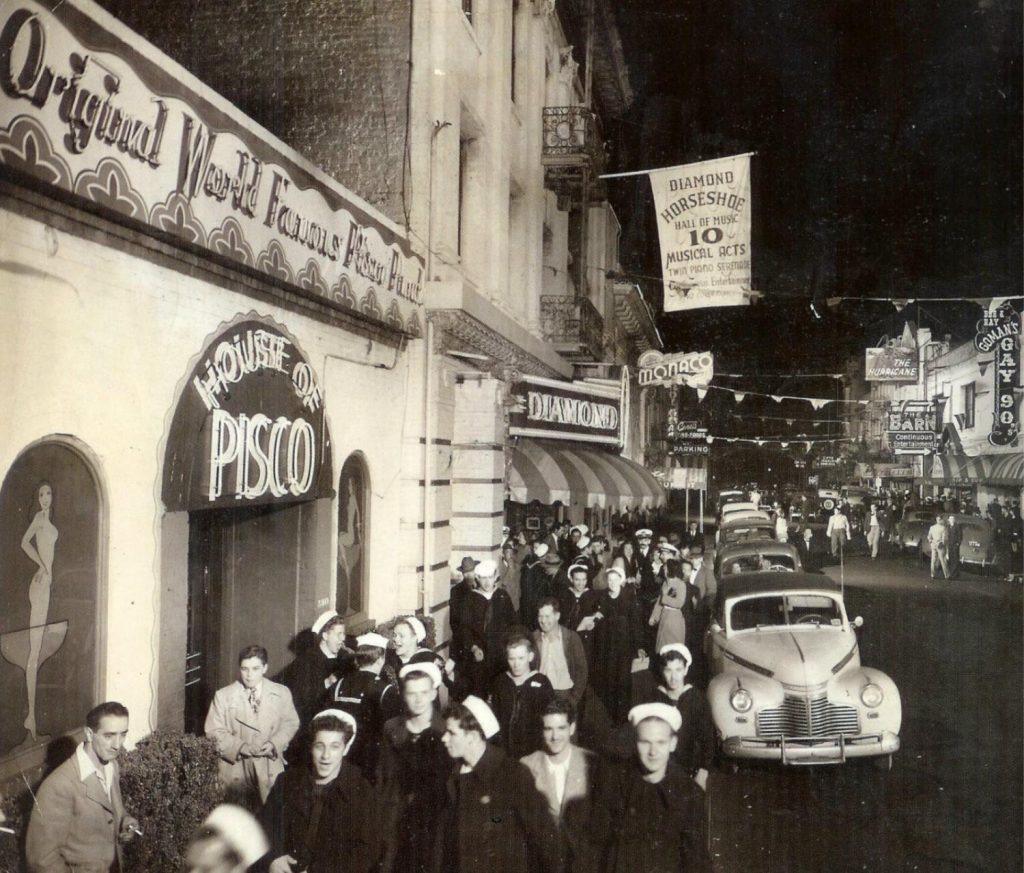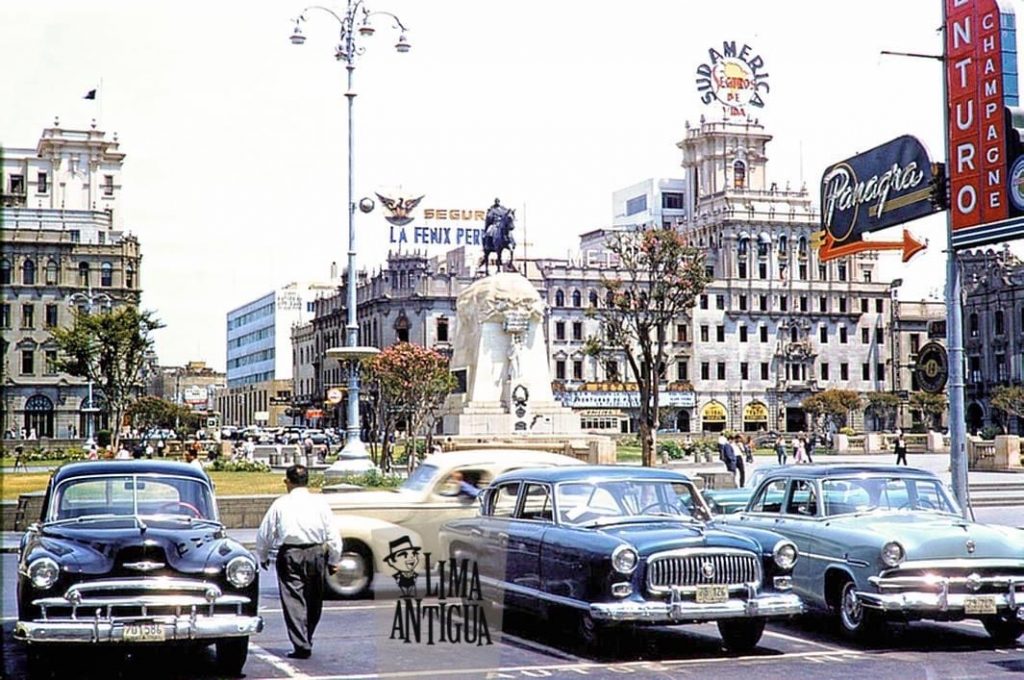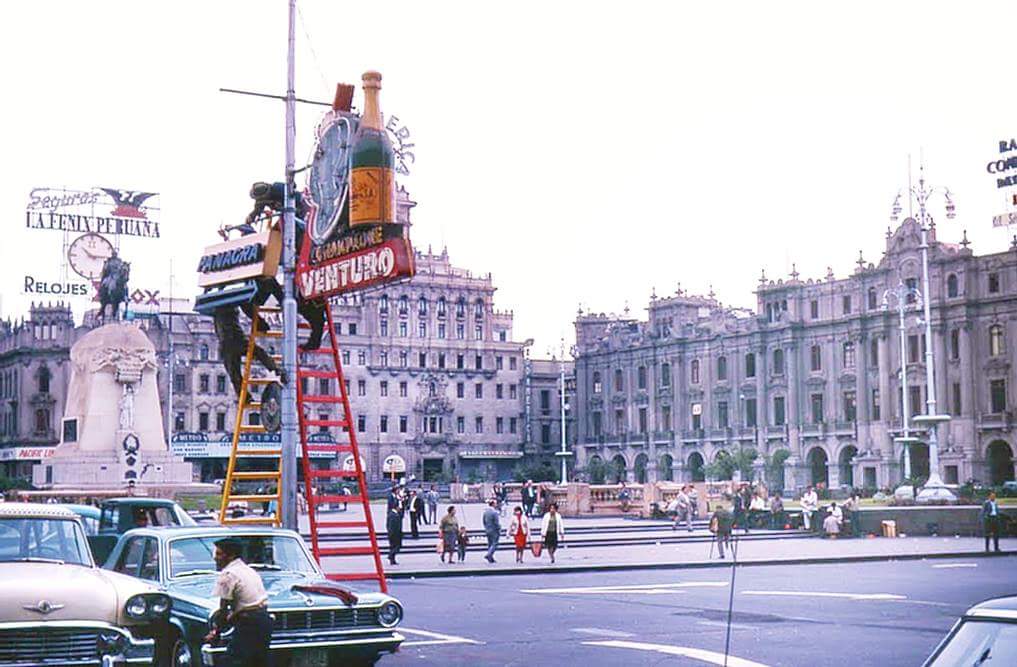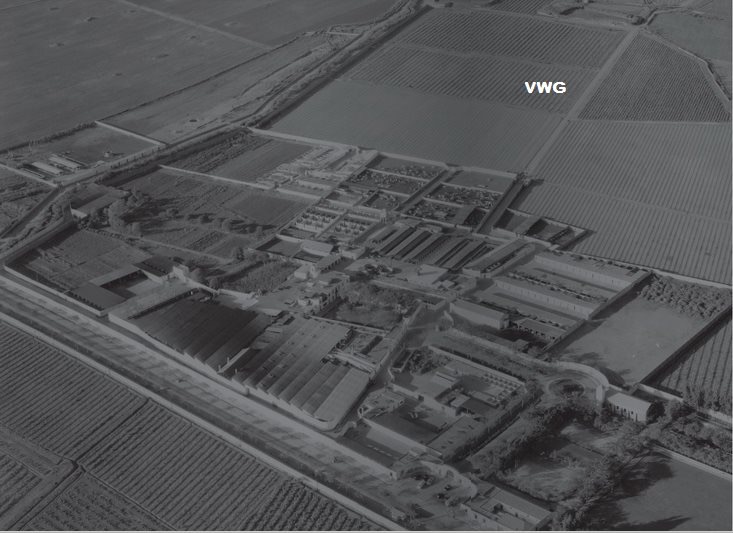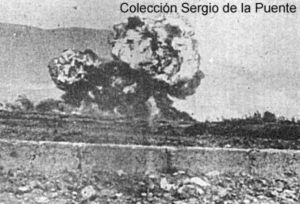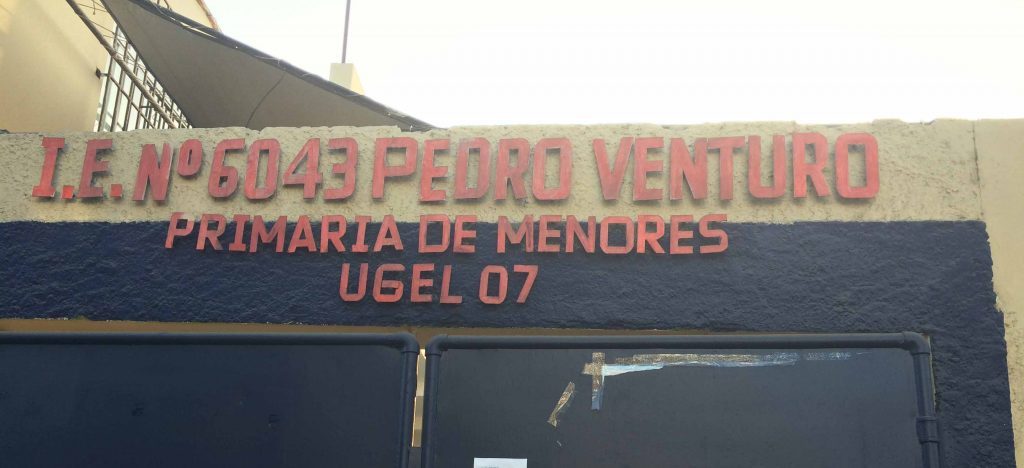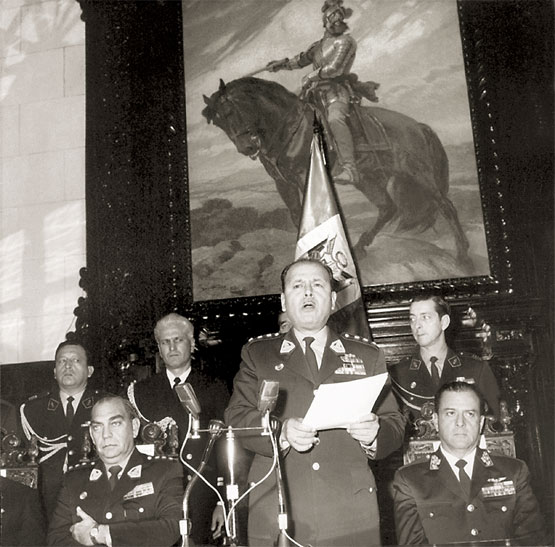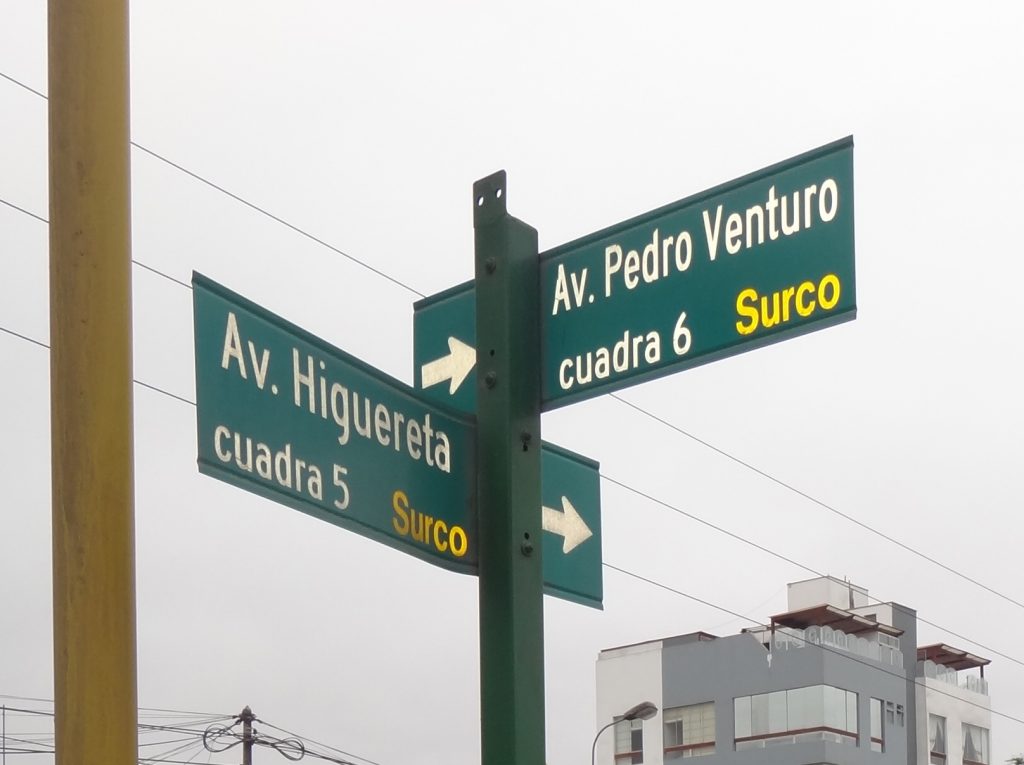~Venturo/Hacienda/Pisco Timeline~
~1539~ When establishing the doctrine of the town of Surco. The parish jurisdiction was placed under the order of St. James the apostle. The proximity of the Hacienda Higuereta to the sea, good winds, pastures and backwaters turned it into a sort of village of rest for the inhabitants of Lima, from viceroys to officers and officials of all kinds.
~1560~ Spaniard Francisco de Caravantes introduces the first grapes to Peru in order for wine to be made for church mass.
~1572~ Scattered throughout the south coast of Peru lay evidence of mass production of Pisco in the form of ruins such as the Bodega “El Monasterio”, Bodega “Los Espejos” and Bodega “Valle de Vitor” where built to house the 20,000 barrels of wine a year the country was producing.
~1574~ Padre Diego Mendez produces the 1st map of Peru; on it, appears the Port of Pisco.
~1604~ Vineyards in Ica, Peru produce 81 million liters of wine, and there is substantial production in several other coastal regions.
~1613~ Pedro Manuel ‘the Greek’, a citizen of Ica, dies, and in his will he lists his assets, among them ‘aguardiente’ which he distilled and his ‘copper pot’ still. This is the 1st written record of Pisco in the Americas.
~1684~ Juan Facundo Caravedo Roque purchases a series of adjacent vineyards along with distillation equipment to make Pisco. He christens the property Hacienda La Caravedo.
~1700~ Peruvian vinted wines start to outsell Spanish wines. The Spanish crown moves to protect the country’s vineyards by imposing taxes on wine exported from Peru. Gradually, vineyards switch to distilling pisco to avoid these taxes.
~1821~ Peru proclaims independence from Spain.
~1830~ First written record of pisco exported to the U.S., heading to San Francisco, CA.
~1853~ “The Bank Exchange Saloon” was a bar & billiards room located on the corner of Washington St. and Montgomery St. in San Francisco, CA. Pisco was available in San Francisco since the 1830s when it was first brought from Pisco, Peru. During the California Gold Rush of 1849 the brandy was readily available in San Francisco.~
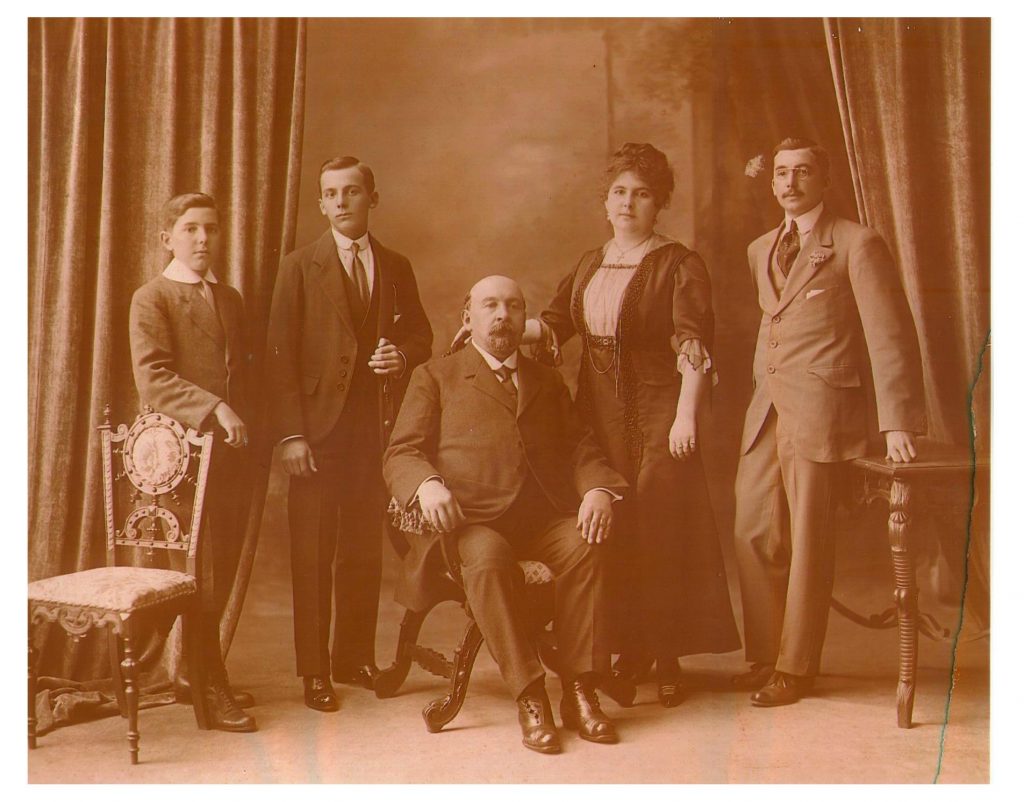
~1875~ Don Pedro Celso Venturo Toledo is born. The grounds of the Hacienda Higuereta (which owes its name to the thriving fruit industry of the area) and of the Hacienda Vista Alegre were going through many owners, from Colonial to the Republic. From Don Manuel Martinez of Aparicio, Count Montecarmelo, to ultimately be acquired by Don Pedro Celso Venturo Toledo. “NEGOCIACION VINICOLA PEDRO VENTURO S.A. HACIENDA HIGUERETA” is Founded.
~1893~ Duncan Nicol becomes Proprietor of “The Bank Exchange Saloon”; he perfects and promotes the house cocktail: the Pisco Punch and it becomes a famous San Francisco drink and remains so until Prohibition.
~1896~ Pedro Venturo Zapata is born February 18.
~1899~ Rudyard Kipling describes pisco in his novel, “From Sea to Sea”: “I have a theory it is compounded of cherubs’ wings, the glory of a tropical dawn, the red clouds of sunset, and fragments of lost epics by dead maters.”
~1914~ WORLD WAR I Begins.
~1915~ The Panama Canal opens it’s doors and all trade routes are rerouted, no longer do merchants have to travel around South America and make a stop at the port of Pisco…
No Longer does Pisco get inported to the US.
~1916~ American born Victor Morris opens “The Morris Bar” in Lima, Peru and invents the Pisco Sour.
~1917~ Pedro Venturo Zapata Graduates with honors from University with Engineering, Agriculture, and Veterinary degrees. he begins work at Hacienda Higuereta now named “NEGOCIACION VINICOLA PEDRO VENTURO S.A. HACIENDA HIGUERETA Y ANEXOS”.
~1918~ Pedro Venturo Zapata is elected advisor to the committee of the Municipality of the district of Barranco. Throughout his life he joined several other committees and was the president of Peruvian Agricultural Engineering Association, Member of the housing committee, Municipal Advisor of Miraflores. He was Director of the National Association of Ranchers, Council-member of Technical Appraisals, Superior Council of Agriculture and Nutrition. He was also Vice-president of the Rotary Club, Member of the Viniculture Committee, and organizer of the Alcohol Laws Structure Committee in Peru.
~1920~ WORLD WAR I ends & PROHIBITION begins in the United States. Pisco, once a beloved drink on the West Coast, never regains popularity after Prohibition and disappears from North America.
~1925~ One of Don Pedro Venturo Toledo’s sons, Pedro Venturo Zapata led the Hacienda to serious levels of productivity of fruits, pisco, wine, champagne, vermouth and other derivatives such as balsamic vinegar. He also raised livestock finance, with cows, bulls, chickens, pigs and breeding of the Peruvian Paso horse.
The Hacienda was in some ways a small town with homes for the employees and their families, a school, a movie theater, a bodega and of course the buildings where the wine and pisco were made.
~1928~ Don Pedro Venturo Toledo passes away on November 18.
~1930~ Pedro Venturo Zapata travels to the small mining town of Casapalca, Peru and rents some caves from a minning company to age his red wine blend from the regions of Chile and Peru. He keeps the barrels in the caves and ages them in the town’s cold temperatures for a year before bottling it and naming the wine CASAPALCA.
Watch a Peruvian news reel from 1959 showcasing The Hacienda Higuereta and the Cave Casapalca HERE.
~1933~ PROHIBITION ends in the United States.
~1937~ The first “Fiesta de La Vendimia” begins. created by the president of the committee Pedro Venturo Zapata and the mayor of Surco Jose E. Capurro and the mayor of Miraflores Villena Rey.
~1939~ WORLD WAR II begins.
~1942~ “The House of Pisco” was on the 500 block of Pacific Street in San Francisco. (The Pisco Sour is introduced to the U.S) but never regains as much popularity as it did before Prohibition.
~1943~ Pedro Venturo Zapata Becomes technical advisor and personal director of “The Hacienda Higuereta”
~1945~ WORLD WAR II ends.


~1947~ Pedro Venturo Zapata becomes Minister of agriculture for the President of Peru José Bustamante for the January 16, 1947 to February 27, 1948 term.
~1950~ Pedro Venturo Markoch son of Pedro Venturo Zapata is born on July 20.
~1952~ Pedro Venturo Zapata passes away after suffering a hepatic coma on December 12 in the district of San Isidro. He was buried in El Ángel Cemetery in Lima.
~1956~ The Hacienda Higuereta was located near LAS PALMAS Airfield in Surco and on September 23rd, 1956 the unavoidable happened. A plane crashed on the grounds of the Hacienda during a practice run.
~1965~ The School that was part of the property Hacienda Higuereta in Surco (still stands there today) changed its name on May 31 to Pedro Venturo Zapata to honor the man.
~1968~ General Juan Velasco Alvarado took power with armed forces, coup d’Etat against President Fernando Belaunde. During his reign from 1968 to 1975, he restructured parts of Peru, one of his mandates was an agrarian reform program to expropriate farms and diversify land ownership, much of which had been concentrated in Haciendas’ owned by a small percentage of the population. Hacienda Higuereta was on his target. Under new Peruvian government law any hacienda that is not producing what the quota mandates must be destroyed. Hacienda Higuereta is ordered to be torn down.
~1971~ Pedro Venturo Jr. son of Pedro Venturo Markoch is born on March 5th.
~1975~ A street was named after Pedro Venturo Zapata to honor the man and what he accomplished in his Hacienda Higuereta in Lima, Peru.
~1981~ Jack Venturo son of Pedro Venturo Markoch is born on January 9th.
~1991~ Peruvian government declares pisco a national heritage and defines approved regions and distillation methods for its production. All producers must submit their pisco to governmental organization INDECOPI to taste and verify authenticity of product before sale. The law accelerates a renaissance in the quality and pride of Peruvian piscos.
~1996~ Pedro Venturo Markoch son of Don Pedro Venturo Zapata began making Pisco in Peru for private use with his son Pedro Venturo Jr. under the new name “Pedro Venturo e Hijos”.
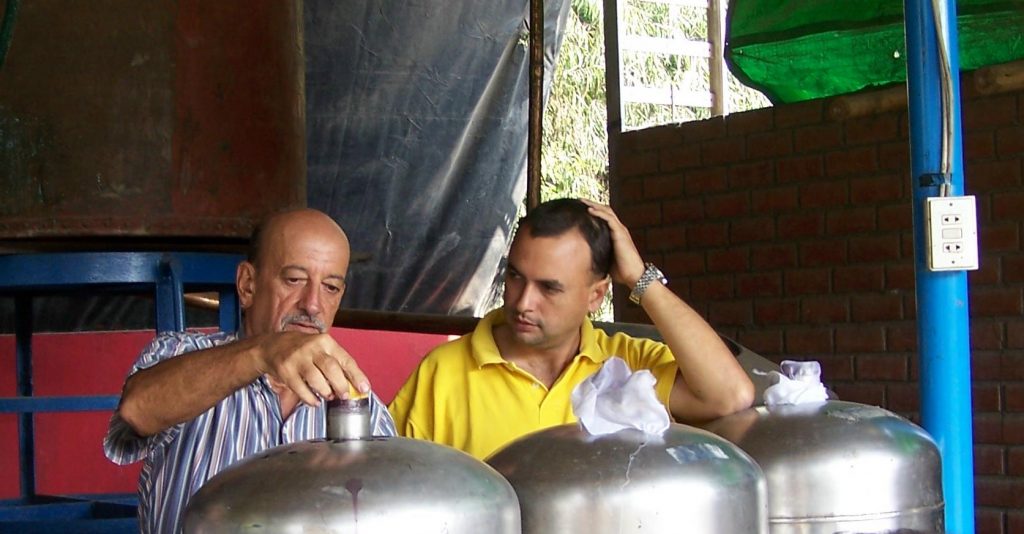
~2006~ Pedro Venturo Jr. and his father Pedro Venturo Markoch, plant and harvest vineyards in Lima, Peru and begin producing original Pisco.
They create “Pisco Venturo”, “Pisco Higuereta” and “Pisco Markoch”.
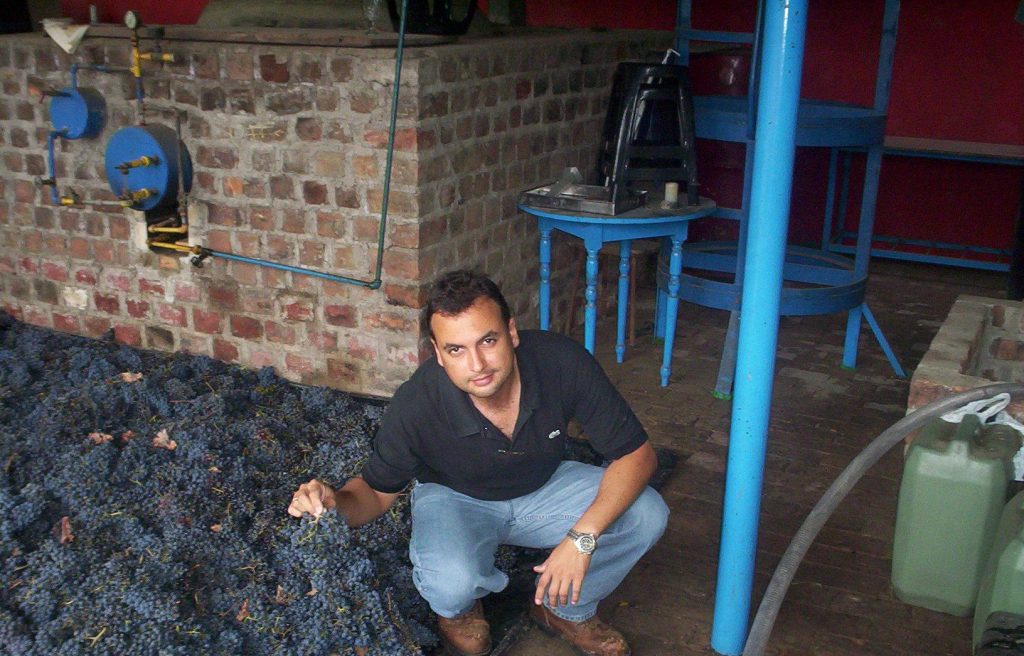
~2011~ Jack Venturo son of Pedro Venturo Markoch is introduced to Pisco by his brother Pedro Venturo Jr. who sends him a few bottles to try.
Jack Venturo becomes facinated by the spirit and begins to learn, research & study everything there is to know about the drink.
~2012~ Pedro Venturo Markoch gifts Jack Venturo his alambique from Peru, together they make the first bottle of Pisco and blend four bottles of CASAPALCA from the original recipe.
Jack Venturo creates “Venturo Spirits & Wine”.
~2024~ Pedro Venturo Markoch passes away on August 21.






